Moon Volcanoes Evidence Proves Prehistoric Existence
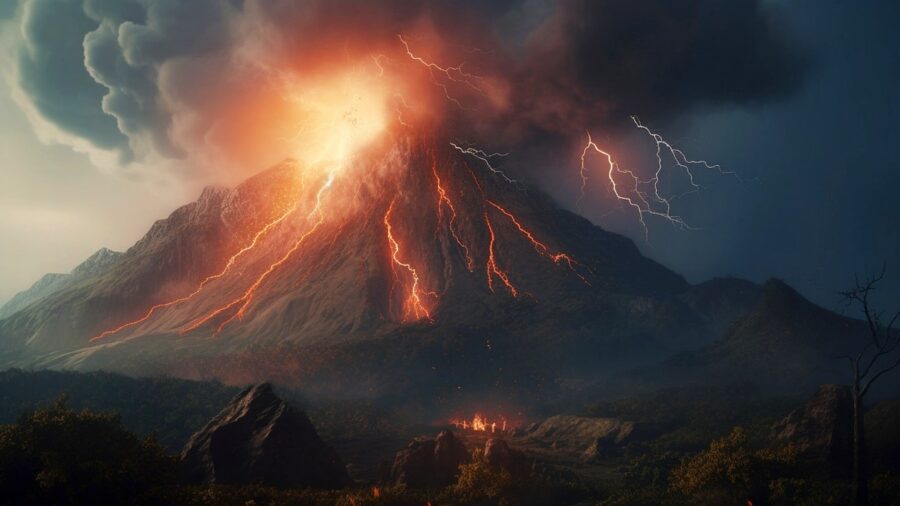
According to a recent write-up in AP News, a series of small glass beads have been discovered on the surface of the moon, which seem to confirm the existence of ancient volcanoes which once littered the lunar surface. Scientists from around the globe have long theorized the presence of these moon volcanoes, though no physical evidence has been gathered to confirm the theory up until this point. If the data collected by researchers regarding the glass beads is entirely accurate, it means that prehistoric volcanoes were frequently erupting across the moon throughout the reign of dinosaurs on planet Earth.
Chang’e 5
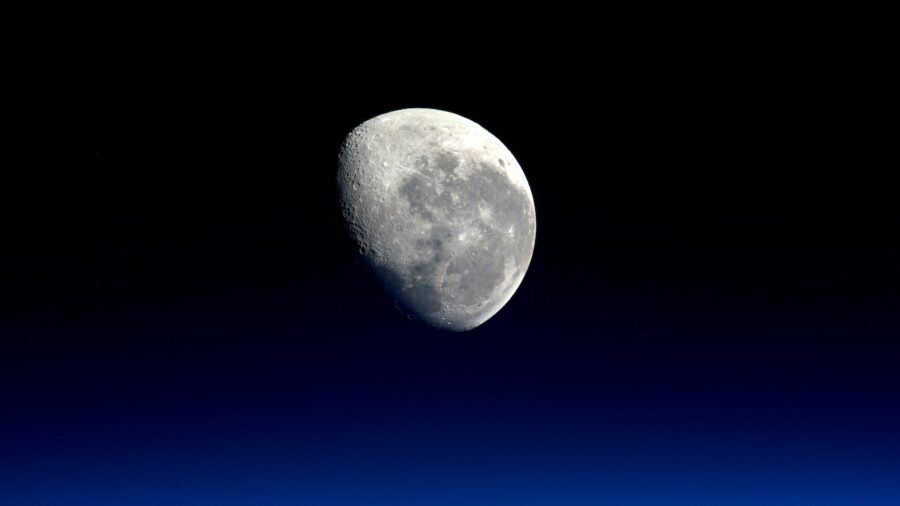
The glass beads which confirm the existence of moon volcanoes were originally collected by a Chinese spacecraft called the Chang’e 5-T1 unmanned craft. This module was originally constructed for lunar inspection back in 2014, and launched its most recent tour of the moon’s surface in December of 2020.
After returning to our planet’s surface with over 1,000 grams of lunar samples, Chinese scientists had plenty of fascinating data to parse through, some of which is still just being discovered.
The Glass Beads

Scientists have been primarily concerned with research regarding the frequency of moonquakes or the possibility of water existing beneath the moon’s crust, so it makes sense that it took nearly 4 years of sifting through lunar rocks and dust to discover these tiny glass beads.
The samples retrieved by the Chang’e 5-T1 are the first moon remnants to be brought to Earth since NASA’s Apollo team made their last trip in the late 1970s, giving researchers a chance to study the findings with new and updated equipment.
Per the latest research, the chemical makeup of the glass beads seems to indicate activity from moon volcanoes as recently as 120 million years ago.
More Research
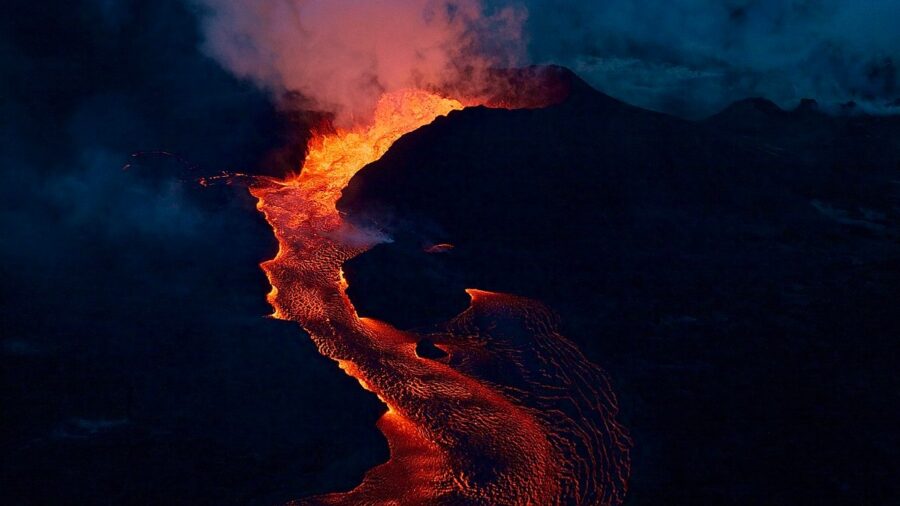
120 million years may seem like quite a long time to you or I, though previous estimates suggested that moon volcanoes hadn’t existed since 2-4 billion years in the past, long before the first multi-celled organisms crawled forth from the primordial ooze.
NASA recon teams tasked with studying the lunar surface through telephoto lenses and orbiters previously theorized more recent volcanic activity on the moon, though we have not had any concrete evidence to support this idea until now.
More research and peer review is still needed to confirm the origins of the glass beads for certain, but all signs point toward moon volcanoes at this time.
A Meteorite?
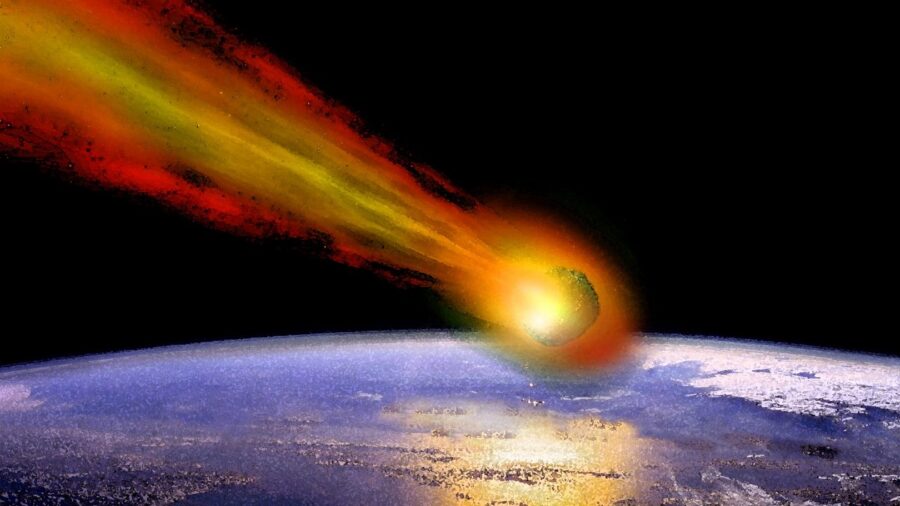
The beads could also theoretically be explained by the fiery impact of a meteorite, though at least three of the 3,000 rounded shards have direct signs that they were formed by volcanic magma cooling after an eruption.
At this time, multiple expeditions to the moon are being plotted by numerous spacefaring nations, meaning we’ll soon have plenty of time to double back and confirm this hypothesis one way or another.
While moon volcanoes are obviously no longer visible or active, the remnants of their existence can help us to construct a timeline of the lunar satellite’s formation.
The Dinosaurs Saw A Different Moon
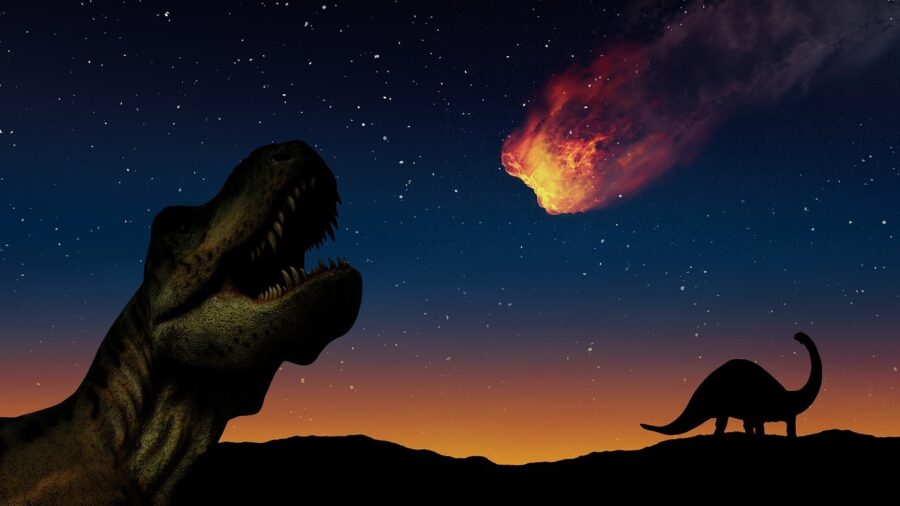
The beauty of the moon has long been established in poetry, non-fiction prose, and the dreams of astronomers everywhere. Some have even found solace in the fact that we modern humans glance up at the bright ball in the sky and see the very same moon which once gave light to the prehistoric nights in which dinosaurs roamed the Earth.
If the latest reports are true, it would mean that the moon those dinosaurs saw was actually erupting with flowing magma from moon volcanoes on a semi-regular basis- which sounds like perfect fodder for the next installment in the Jurassic Park franchise.
Source: AP News












